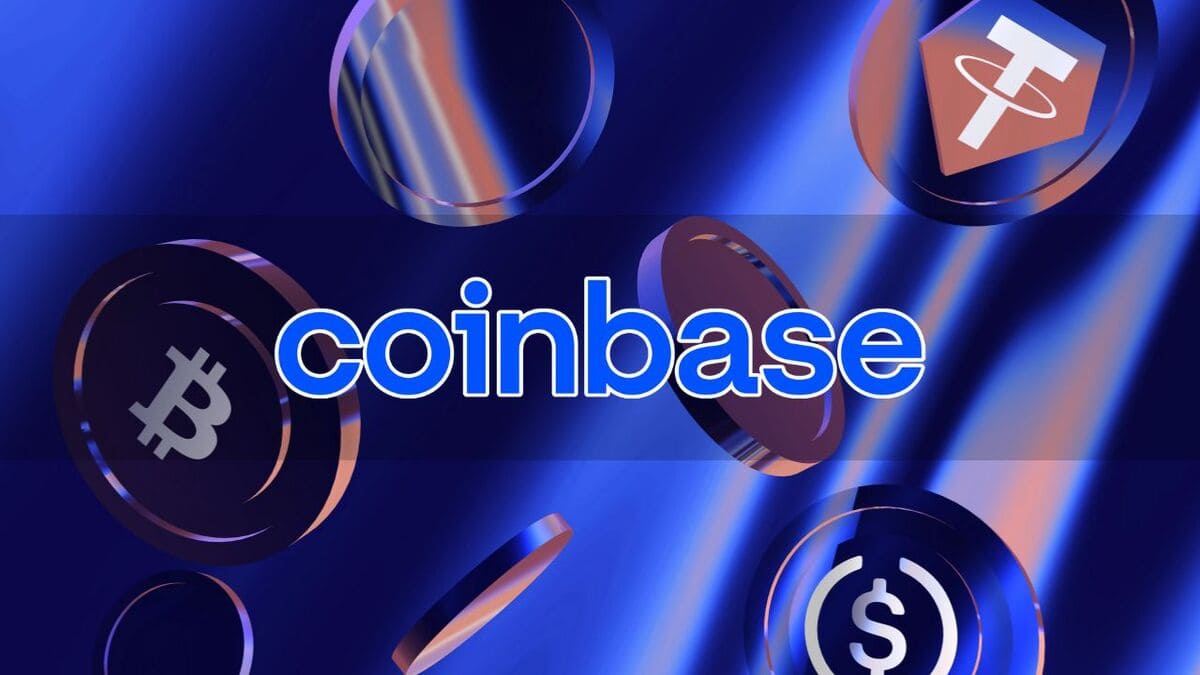Coinbase USDC Windfall: Why Its Powerful Alliance with Circle is Strong Enough to Welcome Rival Binance

NEW YORK – Coinbase is reaping massive rewards from its strategic partnership with Circle over the USDC stablecoin, with its stablecoin revenue surging nearly 51% in the first quarter. But beyond the immediate profits, a new analysis from Bernstein suggests the alliance is so foundational and forward-thinking that it could even withstand Circle partnering with Coinbase’s biggest global competitor, Binance.
The relationship forms the financial backbone of Coinbase’s stablecoin strategy. Under the current agreement, Coinbase collects all interest income from USDC held on its platform, while profits from USDC used elsewhere are split 50/50 with Circle. This symbiotic relationship has become increasingly lucrative as USDC’s market value hits record highs.
While the deal is up for renewal in 2026, analysts believe its deep-rooted, strategic nature makes a continuation highly likely.
A Partnership Forged for Dominance
According to Bernstein analysts, the partnership’s strength lies in its history and mutual dependence. Coinbase’s vast retail and institutional reach in the United States, where it commands a 67% market share, was “crucial” for bootstrapping USDC’s initial liquidity and growth. Now, this partnership is poised to drive future adoption, especially with the anticipated launch of Coinbase’s US-based perpetual futures product on July 21, which will use USDC as its primary collateral.
Upcoming crypto-focused legislation, such as the GENIUS and CLARITY Acts, is also expected to bolster USDC’s role in the highly regulated US market, with Coinbase positioned as the main beneficiary.
The Long Game: Welcoming New Partners, Even Rivals
The most telling insight from the Bernstein analysis is how the partnership might evolve. Should Circle seek new “anchor partners” to expand USDC’s reach—even a platform as significant as Binance, the world’s largest crypto exchange with 270 million users—Coinbase would likely view the move through a strategic lens.
Bernstein analysts noted, “We believe Coinbase would consider the economic sharing in a broader context of extending USDC dominance into payments beyond crypto markets.”
In other words, the ultimate goal is for USDC to become a global standard for digital dollars, a mission that transcends platform rivalries. The network effects gained from USDC being integrated into a massive platform like Binance would create a much larger pie for everyone, even if Coinbase’s slice of the new revenue is smaller.
This practical, long-term vision underpins the alliance. Bernstein expects that while Coinbase’s overall revenue share might dip slightly to around 50% by 2027—driven by USDC’s expansion on other platforms—the absolute dollar value of its earnings would continue to grow substantially as USDC cements its dominance in the global financial ecosystem.

